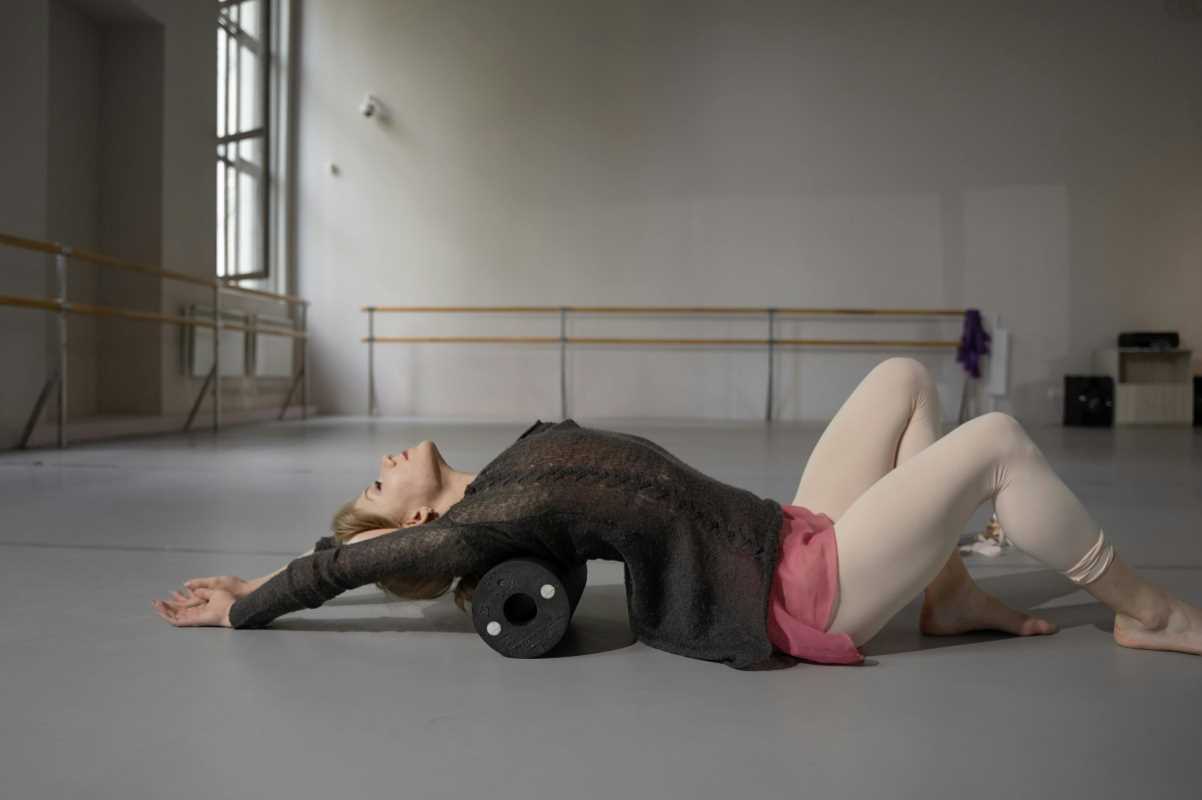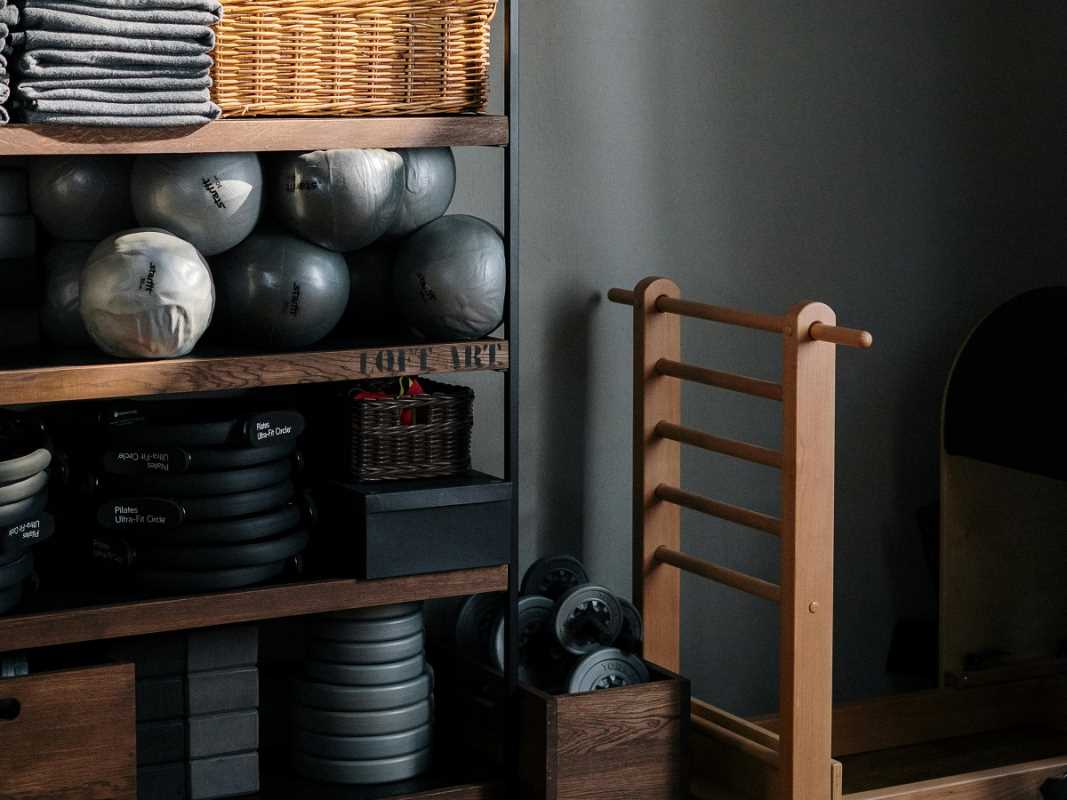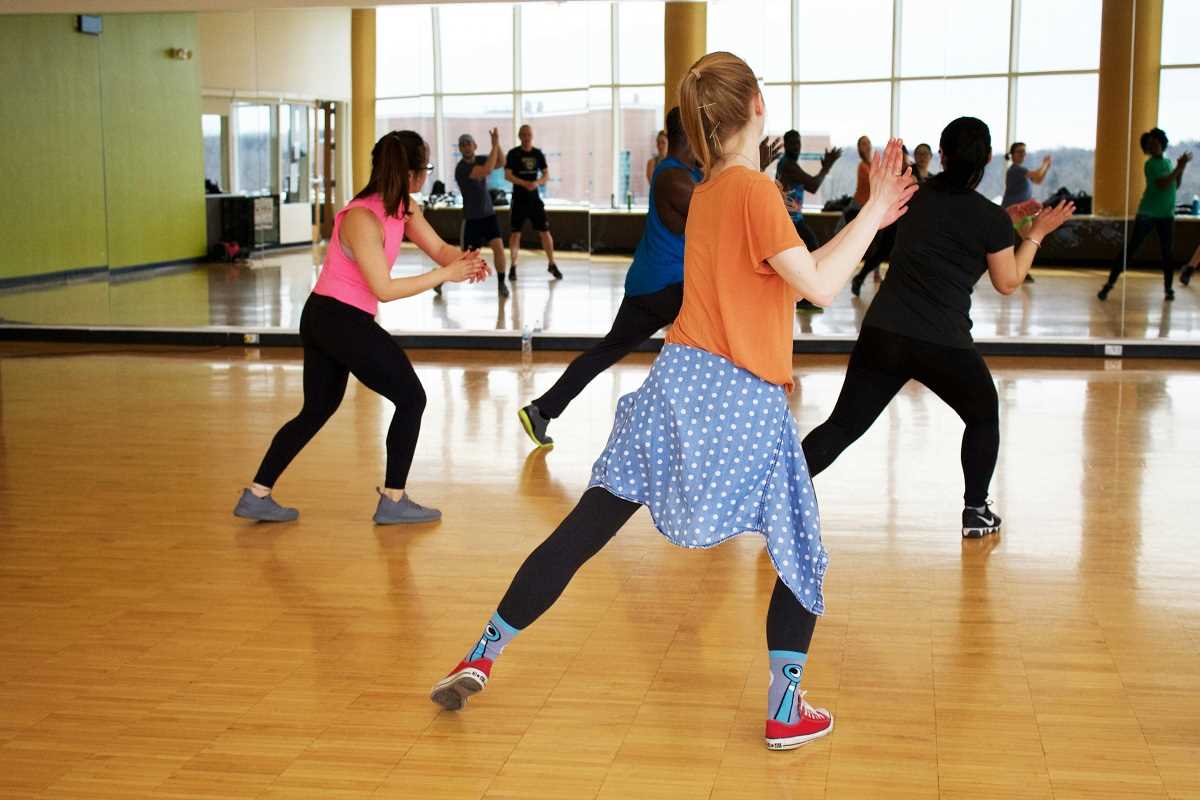When it comes to fitness, most of us focus on the obvious components: cardio, strength training, flexibility, and maybe even diet. But there’s one element of health and wellness that’s often overlooked despite being completely free, accessible to everyone, and critically important. It’s your breath. Yes, the simple, automatic act of breathing is the missing ingredient in most fitness programs, and it could be the key to unlocking greater performance, better recovery, and more enjoyment in your workouts.
You might be thinking, “Breathing? Don’t I already do that 24/7?” Of course! Breathing keeps us alive. But the real question is, are you doing it well enough to support your fitness goals?
If you've never thought much about how you breathe, you’re not alone. Many of us have developed suboptimal breathing habits, especially with the stresses of modern life. Here’s the good news: by improving your breath work, you can elevate not just your workouts but your overall well-being. Stick with me as we explore how breath work works, why it matters, and how you can start harnessing its power today.
Breathing 101 (And Why It’s More Important Than You Think)
Breathing is such a natural part of life that we often forget how intricately it’s tied to everything we do. Here’s a quick rundown to understand its importance in fitness.
When you breathe in, your lungs take in oxygen, sending it through your bloodstream to energize your muscles. During physical activity, your muscles demand more oxygen to keep you moving. Breathing is what fuels that process. But breathing isn’t just about oxygen. It also regulates carbon dioxide levels in your body, stabilizes your heart rate, and helps control stress.
Now, here’s the catch. Modern life often leads us to shallow, chest-based breathing. Think hunched shoulders, quick breaths, and an over-reliance on the upper part of our lungs. This way of breathing doesn’t use your full lung capacity, which can leave your body and brain slightly starved of oxygen. Over time, this habit can make exercising harder and recovery slower.
But if you learn to breathe deeply and intentionally, amazing things start to happen.
Benefits of Breath Work in Fitness
Improving your breath work isn’t just about inhaling and exhaling better. It’s about tapping into a tool that directly impacts your fitness performance, recovery, and mental clarity. Here are some key benefits you’ll notice when you start focusing on your breathing.
- Boosts Energy Levels: When you breathe deeply into your diaphragm (the muscle just below your lungs), you draw in more oxygen. This oxygen gives your cells the fuel they need to keep you moving with less fatigue. Whether you're powering through a group workout class or going for a run, better breathing can help you push further without gassing out.
- Improves Endurance: Ever hit a wall during a workout or long walk? That could partly stem from poor breathing patterns. Controlled breathing techniques, like those used by professional athletes, help your body maintain a steady supply of oxygen even when you’re pushing your limits. That steadiness can carry you further and faster.
- Reduces Stress and Enhances Recovery: After a tough workout, breath work helps to shift your nervous system from “fight or flight” back to “rest and digest.” This relaxation response stimulates recovery, lowers cortisol (your stress hormone), and sets the stage for reduced soreness and better results in the long run.
- Strengthens Your Core: Deep breathing isn’t just about your lungs. It also engages the diaphragm, abdominal muscles, and lower back. Strengthening these muscles through breath work supports better posture, balance, and core stability—which is essential for everything from weightlifting to yoga.
- Sharpens Focus and Mindfulness: Ever feel your mind wandering during a workout? Conscious breathing brings your attention back to the moment, making your movements more intentional. This mind-body connection enhances the quality of your exercise and leaves you feeling more accomplished afterward.
Breath Work Basics for Middle-Aged Women
You don’t need fancy equipment or hours of practice to get started with breath work. All it takes is awareness and a few simple techniques. The best part? You can build these into your regular fitness routine or even do them while sitting at your desk.
Technique 1: Diaphragmatic Breathing
This is often called “belly breathing,” and it’s one of the most effective ways to activate your diaphragm and use your lungs fully. Here's how to do it:
- Sit or lie down in a comfortable position.
- Place one hand on your chest and the other on your abdomen.
- Take a slow breath in through your nose, aiming to make your belly rise, not your chest.
- Exhale fully through your nose or mouth, allowing your belly to relax downward.
- Repeat for 5–10 breaths, focusing on smooth, steady inhales and exhales.
Practice this daily, either on its own or during warm-ups before exercise.
Technique 2: Box Breathing for Calm and Control
This technique is a favorite among athletes and even Navy SEALs. It’s designed to improve focus and lower stress. The name comes from visualizing your breath as a four-sided box:
- Breathe in deeply through your nose for 4 counts.
- Hold your breath for another 4 counts.
- Slowly exhale for 4 counts.
- Pause again for 4 counts before repeating.
Try this for a few minutes after a workout to speed up recovery or before bed for added relaxation.
Technique 3: Rhythmic Breathing During Exercise
When you’re running, cycling, or lifting weights, syncing your breath to your movements can make a huge difference. The key is to avoid shallow, random breaths. Instead, establish a rhythm:
- For cardio, inhale for 3 steps and exhale for 2 steps. Adjust as needed based on your pace.
- For strength training, exhale during the effort (e.g., lifting a weight) and inhale as you return to the starting position.
Rhythmic breathing conserves energy and keeps your heart rate steady.
When to Apply Breath Work
To see results, try incorporating breath work into different aspects of your life and fitness habits.
- Before Workouts: Use diaphragmatic breathing to warm up your core muscles and energize your body.
- During Workouts: Practice rhythmic breathing to keep your pace steady and avoid unnecessary fatigue.
- Post-Workout Recovery: Rely on box breathing to cool down, reduce stress, and bring your heart rate back to normal.
- Everyday Use: Whenever you feel tense or overwhelmed, return to your breath. Even a few deep belly breaths can reset your mood.
Why Breath Work Is Especially Relevant for Middle-Aged Women
Middle-aged women are navigating unique wellness challenges, from hormonal shifts to changes in bone density and muscle mass. Breath work could be an unexpected ally during this time for a few key reasons:
- It helps combat stress, which is linked to weight gain, poor sleep, and overall health issues.
- It improves circulation, which can enhance energy and mood.
- It supports pelvic floor health through proper engagement of core muscles.
Whether you're easing back into fitness after a break or looking to optimize your current routine, better breathing could make all the difference.
Next time you lace up your sneakers or roll out your yoga mat, pay attention to your breath. If it feels rushed or shallow, slow it down. Deepen it. Control it. Within a few weeks, you’ll likely notice a boost in your endurance, focus, and overall enjoyment of your workouts.
Breath work might not get as much spotlight as dumbbells or running shoes, but it’s the foundation of everything you do in fitness and life. Take the time to breathe better, and the rest will follow.
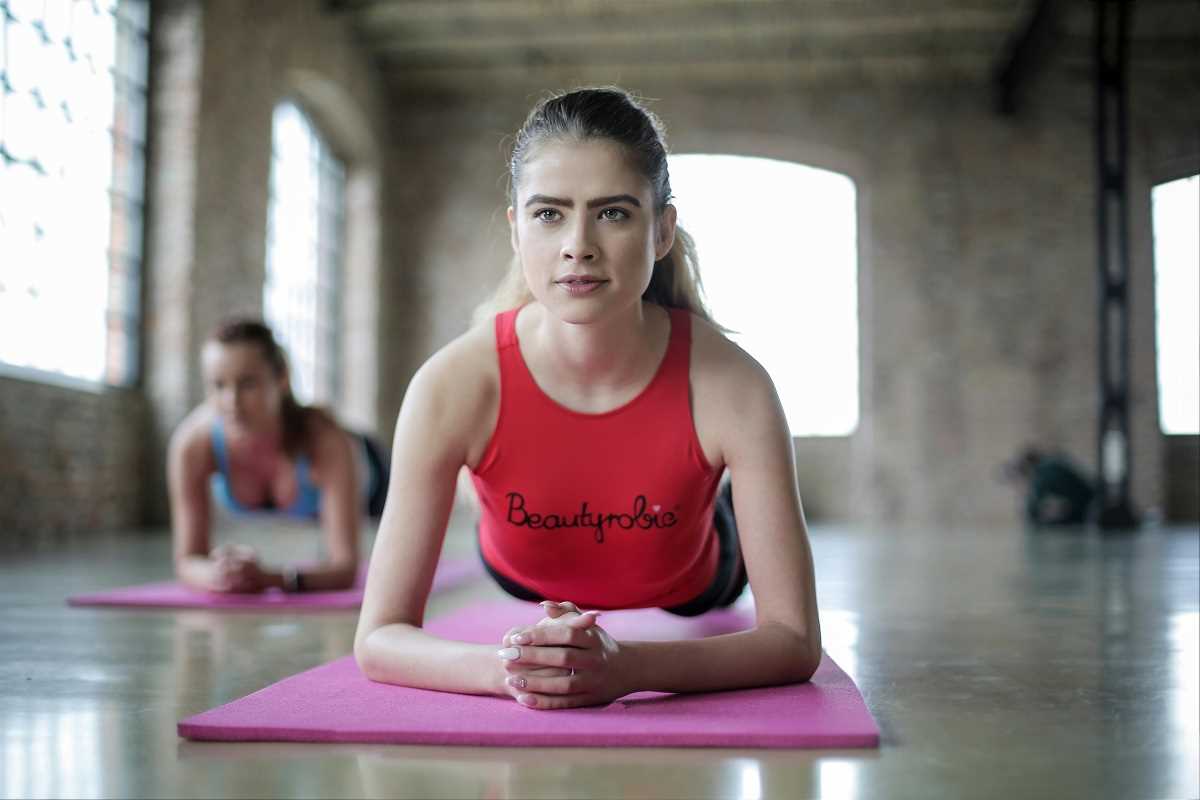 (Image via
(Image via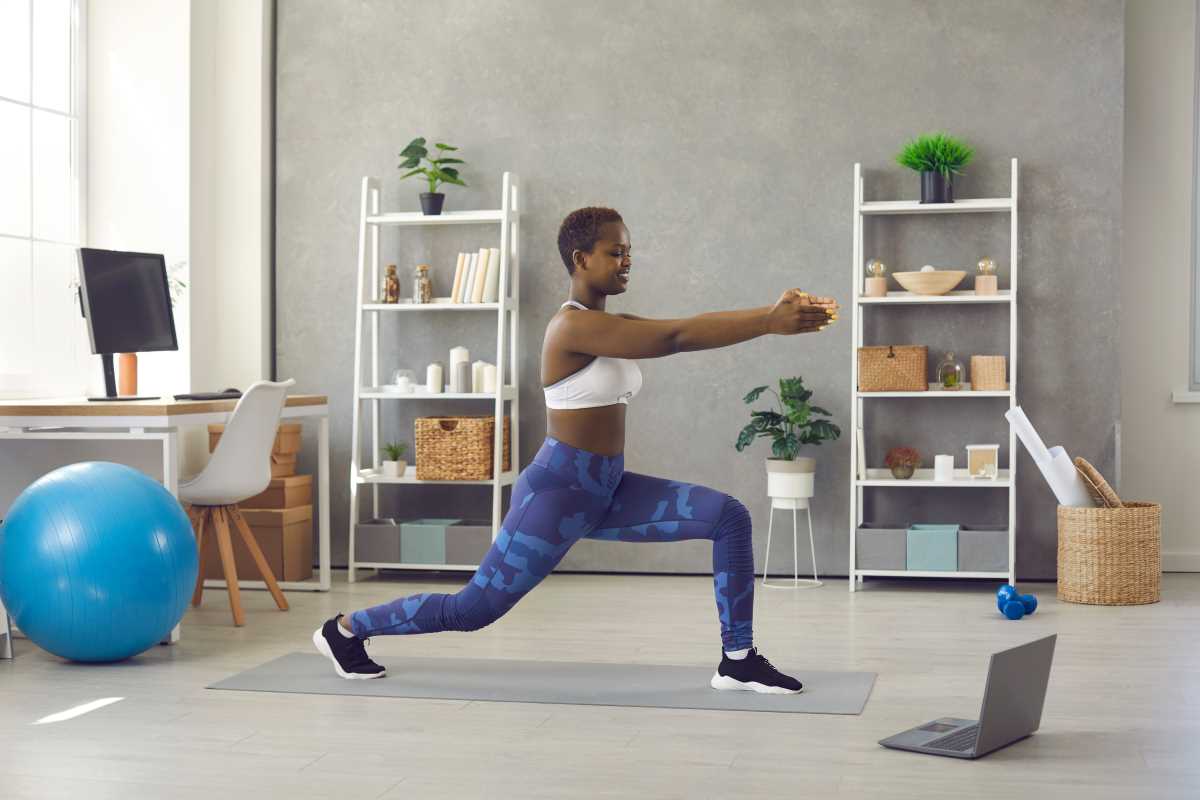
.jpg)


